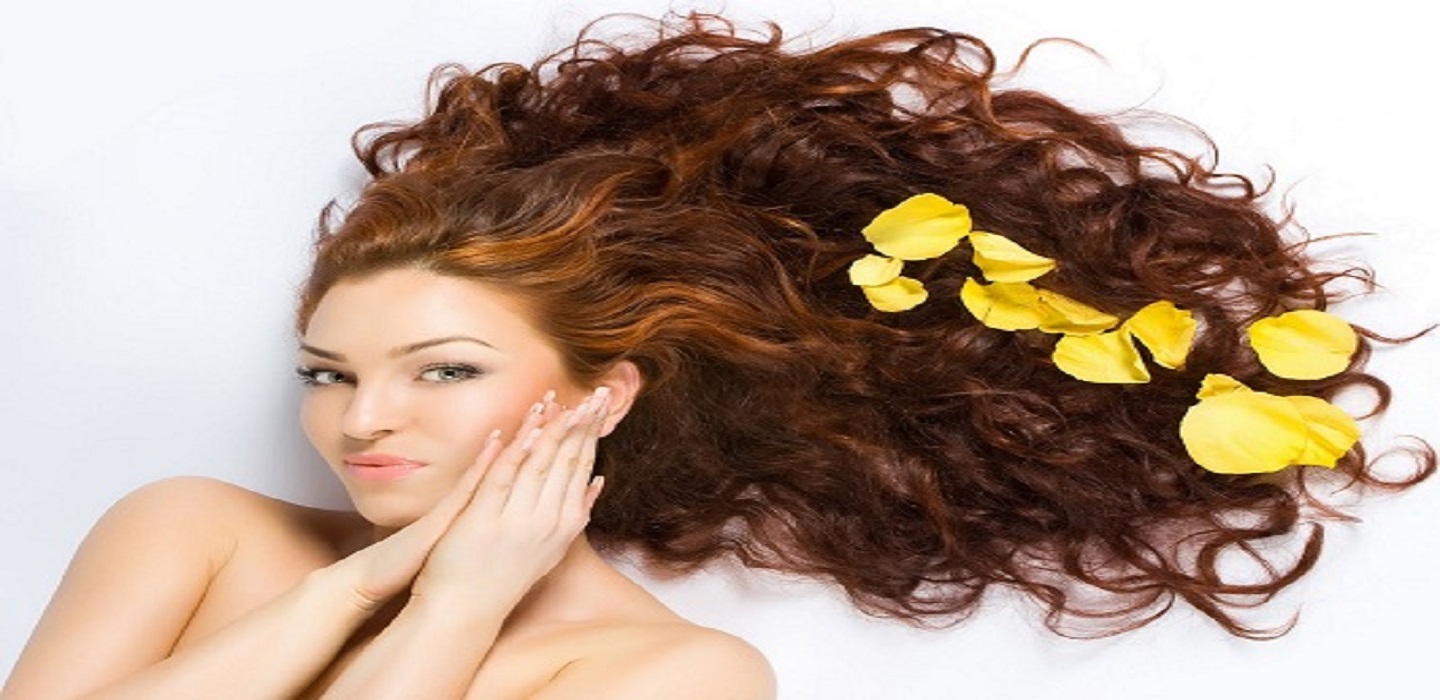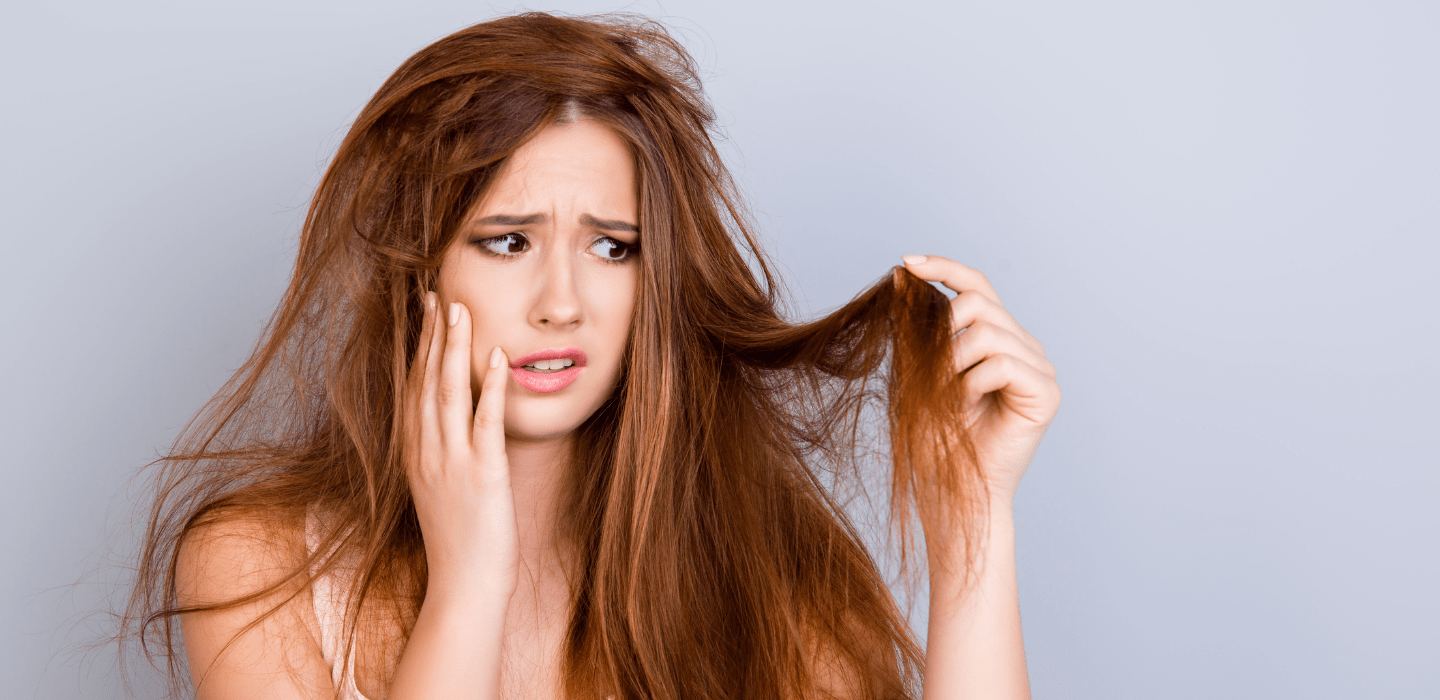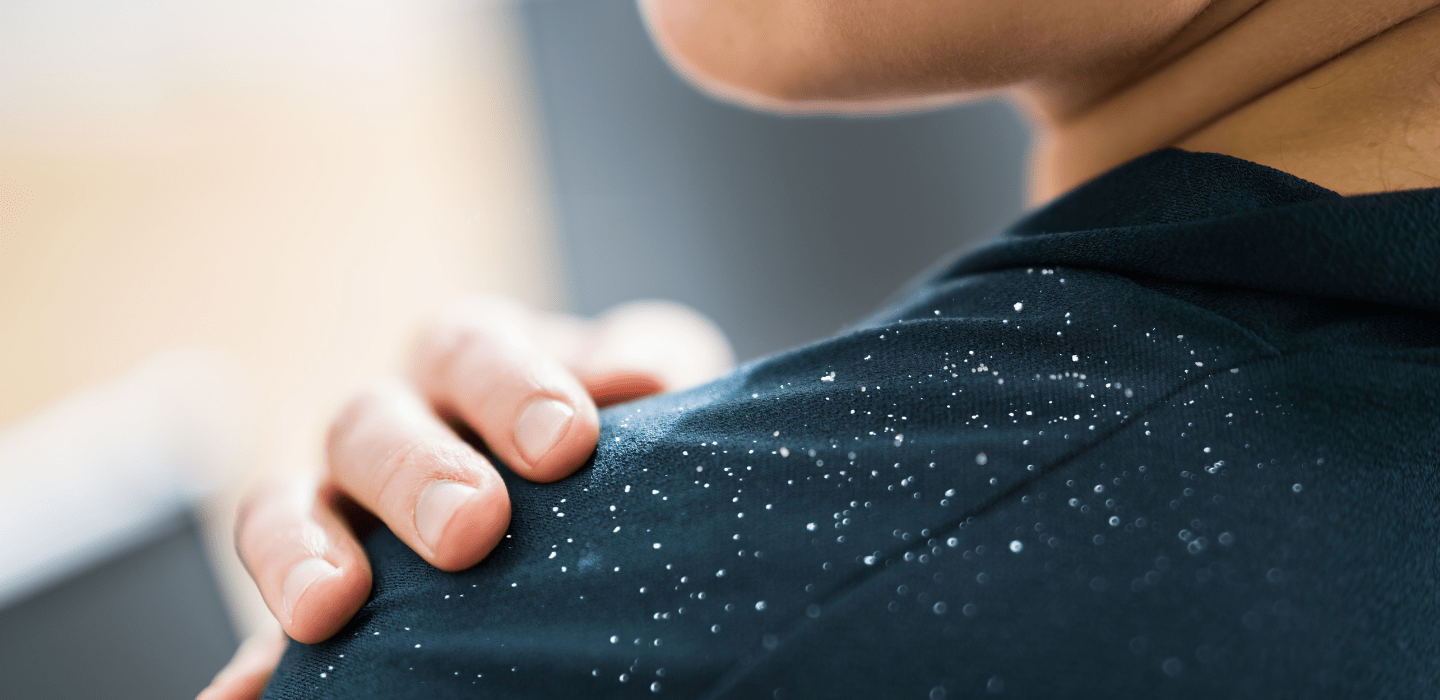Hairs are one of the most crucial parts of anyone’s appearance, but in time people start to notice that their hair is falling and this being to affect them. Many reasons cause hair fall, and it is crucial to understand them before going for any hair treatments.
Let’s Look at Some of the Hair Conditions that can Cause Hair Fall
- Androgenetic Alopecia
Androgenetic Alopecia can be considered as one of the most common types of hair loss, and it happens to both males and females. In the case of males, this condition is also known as male-pattern baldness. In this condition, the hair loss starts from the temples and makes an M shape from the hairline. In this condition, the hair also starts to get thin, and the bald patch starts to appear on top of the head, which can later turn into complete baldness. This condition affects females quite differently, with no M shaped hair loss or any baldness on top. In the female, the hair starts to thin down, but they don’t get completely bald.
Symptoms for Androgenetic Alopecia Include
The first symptoms of androgenetic alopecia are that the suffering people will experience thinning and loss of hair near the hairline. Also, as the condition will evolve bald patch will start to appear on top of the head.
- Alopecia Areata
Alopecia Areata is a hair condition where the hair begins to fall but in small patches. In the early stage, this hair loss can be unnoticeable, and after some time, it becomes noticeable because of the bald spots. This condition is associated with the immune system. In some conditions, the immune system starts to attack the hair follicles, and this comes out hair loss. As this condition is unnoticeable is the early stage, the suffering person can experience sudden hair. Sometimes this condition can also affect the hair follicles on eyebrows, eye leashed, and facial hair. If this condition evolves and results in complete hair loss, in that case, it is known as the alopecia Universalis. But it can be prevented and can be reversed with proper care and treatment.
Symptoms for Alopecia Areata Include
As we have seen that in the early stage of alopecia areata, it is tough to understand hair loss. But if the hair loss becomes noticeable and hairs from eyebrows, eyelashes, and face also start to fall, then it can be alopecia areata.
- Cicatricial Alopecia
Cicatricial Alopecia is also known as scarring hair loss because these types of hair loss are occurring due to scarring. To understand the mechanism of cicatricial alopecia, it is crucial to understand what happens in this condition. It occurs when some disorder starts to destroy hair follicles and replaces them with scar tissues. This loss can be permanent because of the distraction of hair follicles. Various causes can lead to cicatricial alopecia. In some cases, cicatricial alopecia is associated with a disease that can damage hair follicles. In some cases, it is associated with severe itching and poor hair care. In some cases, the inflammation under the scalp is responsible for the hair loss, and because it is under the scalp, it also doesn’t show any scar on the surface.
Symptoms for Cicatricial Alopecia Include
A person with suffering from cicatricial alopecia can experience itchiness, burning, and pain around the affected area. Also, redness, pigmentation, and scaling can appear around the affected area.
- Pediculosis Capitis
Pediculosis Capitis is a hair condition in which hair lice starts to appear on hair and scalp. Like other lice, hair lice are also tiny insect that feeds on blood from the scalp. Pediculosis capitis can be considered as one of the most common conditions in children as the lice tend to travel from person to person. When someone comes in direct contact with an infected person, there is a high chance that the lice will infect the other person as well. Although hair lice can be irritating and cause itchiness, they don’t carry any infection. But having lice in your hair indicates poor hygiene and poor care of hair. There is no need for any clinical treatment to remove lice, but it is crucial to have clean and healthy hair to reduce the chance of having them.
Symptoms for Pediculosis Capitis Include
A person with hair lice will experience itchiness on the scalp, ears, and neck. It can take around 2-3 weeks for a person to feeling itchiness after infecting with lice.
The expert dermatologist in Indore, works with perfection and care for delivering the most satisfying results. If you notice any of the above mention symptoms regarding hair loss or if you are aware of your condition, consult with a dermatologist, and it treated.



